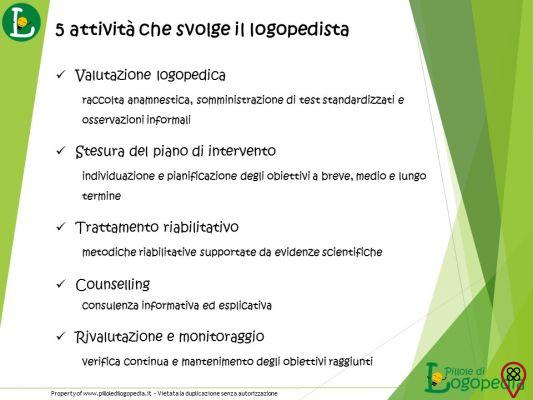Hypnosis is not a lie. It really exists, it works and, more than that, it manages to mess with people's psychological structure. Hypnosis was introduced by the German physician Franz Anton Mesmer in the XNUMXth century.
In 1776, Mesmer received a degree for his doctoral thesis at the University of Vienna. The idea, which seemed surreal, was approved by the institution. He said that the gravitational attraction between the earth and other celestial bodies affected people's lives, being responsible for various types of mental illness. The madness didn't stop there. Sometime later, he came to believe that people's bodies were filled with magnetic fluids that caused a harmful imbalance. As a treatment for this, Mesmer would sit in a chair opposite the patient, ask for concentration, and stare into his eyes.

But after an unsuccessful attempt to cure a patient with nervous blindness, he was expelled from Vienna and moved to Paris. Mesmer was characterized by wearing violet clothes and did not go out without his magic wand, an object that was even invented by him. At this time, he opened his own clinic and, after seeing many patients, he was recognized for having powers to bewitch people.
Mesmer's techniques were banned, as some believed they posed risks to people's lives. But important names, such as the Scottish doctor James Braid, understood the technique as a form of treatment. The term hypnosis ("hypnos" is the Greek goddess of sleep) was coined by him in 1843. And it was from then on that it began to be studied scientifically, including by renowned people such as Jean Martin Charcot, the father of neurology, and Ivan Pavlov, Russian psychologist.
It was only in 1997, through a study by the American psychiatrist Henry Szechtman, that hypnosis was really accepted by science. The experiment involved eight blindfolded volunteers who listened to a recording with the following sentence: “The man talks a lot, but when he talks, it is worth listening to what he says.” Already hypnotized, Henry turned off the sound and told the collaborators that he would play it again, but he didn't. Still, volunteers report hearing the audio. At the time of the test, the participants' brains were monitored. It was found that during the recording and at the time of the hallucination, the activity of the mind was identical. The study proved that hypnosis really exists and works as a simulation of reality, being possible to see, hear and feel what the hypnotist suggests.
Are you hypnotizable?
You may not know it either, but hypnosis is more common than you might think. Surely you've been subtly hypnotized. For example: when walking to a place you already know, did you happen to get distracted by your own thoughts and, when you arrived, you didn't remember the path you took? Your body responded automatically without you having to think and this can be considered a form of hypnosis.
Words spoken to hypnotize someone are not so important; what really matters is the way you speak and the tone of your voice.
The most assertive and most common method used by hypnosis researchers is known as the Stanford Scale. A test that lasts around 50 minutes is carried out, containing 12 exercises, among them: returning to childhood and not feeling strong odors, in addition to forgetting everything that was said during the session.
Five most used methods to hypnotize
1. Fixation of the eyes
Created by James Braid, this is the most traditional method. The hypnotist asks the patient to focus fixedly on some object.
2. Narrative
The hypnotist asks the patient to relax limb by limb, after which he has him imagine a story.
3. Confusion
Indicated for resistant people, the technique works in order to deceive the person, such as, for example, proposing a handshake that turns into a massage.
4. Imbalance
The hypnotist proposes that the person stop in an uncomfortable and difficult position to stay upright, and for this he asks them to concentrate on their limbs.
5. shock
It starts as a common hypnosis, but goes through sudden movements like throwing the patient's head back, followed by a scream, for example: "Sleep."
- Text written by Natália Nocelli from the Eu Sem Fronteiras Team.

























